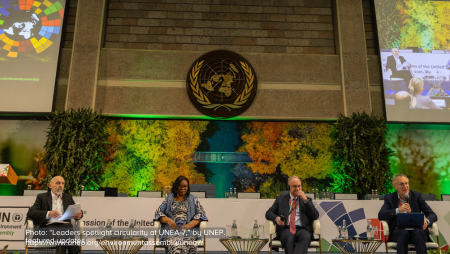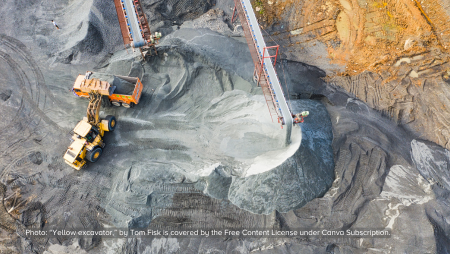Research has shown that natural graphite mining can cause dust emissions. The purification of battery-grade anode products requires high quantities of sodium hydroxide and hydrofluoric acid, which may be harmful to both human health and the environment. Around 75,000 tonnes of graphite is required to create 1 million EVs, meaning that to produce 12 million EVs will need 900,000 tonnes of graphite by 2025.
 Photo: "Graphite schist" by James St. John is licensed under CC BY 2.0
Photo: "Graphite schist" by James St. John is licensed under CC BY 2.0Producing anode grade graphite for lithium-ion batteries (LIBs) is energy-intensive. In many countries where they depend on coal for electricity, it means they use more coal to do this process. On the other hand, synthetic graphite production is even more energy-intensive. Operators must seek the cheapest sources of energy that tend to be coal-powered. This leads to an overall carbon footprint.
An environmental consultancy and software provider, Minviro, found that the calculated global warming potential (GWP) values for producing 1 kilogram of anode grade graphite in coal-based grid mixes are ~800% and ~1,000% higher than the commercial database value for natural and synthetic routes, respectively. It suggests the idea of switching production to regions with dominant renewable energy sources to reduce GWP related to electricity use, particularly for synthetic graphite.
Read more.










